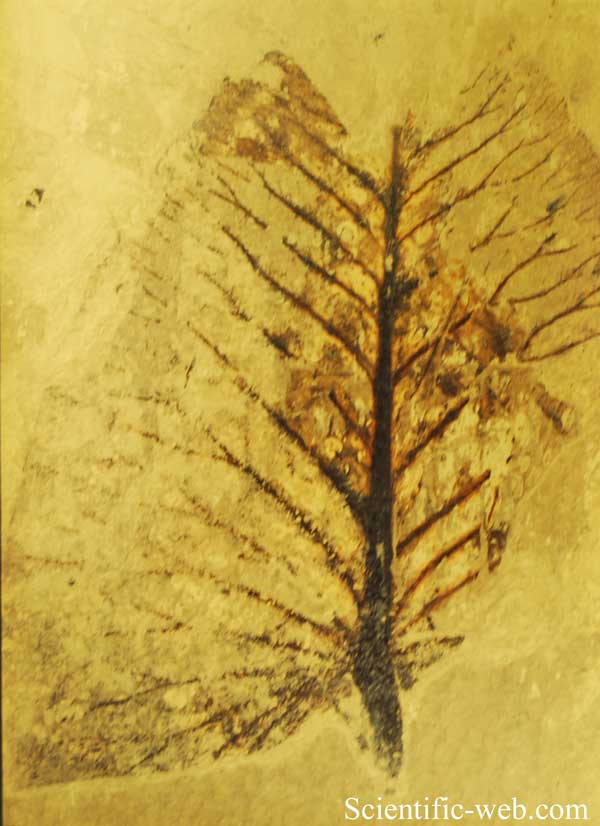Nymphaeaceae sp. Fossil, Photo: Michael Lahanas Cladus: Eukaryota Name Nymphaeaceae Salisb., Annals of Botany 2: 70. 1805. References * Tropicos.org. Missouri Botanical Garden. 5 Feb 2009 [1]. Vernacular names Nymphaeaceae (pronounced /ˌnɪmfiːˈeɪʃiː/ or /ˌnɪmfiːˈeɪsi.iː/) is a family of flowering plants. Members of this family are commonly called water lilies and live in freshwater areas in temperate and tropical climates around the world. The family contains eight genera. There are about 70 species of water lilies around the world[1]. The genus Nymphaea contains about 35 species across the Northern Hemisphere[1]. The genus Victoria contains two species of giant water lilies and can be found in South America[1]. Water lilies are rooted in soil in bodies of water, with leaves and flowers floating on the water surface. The leaves are round, with a radial notch in Nymphaea and Nuphar, but fully circular in Victoria. Water lilies are divided into two main categories: hardy and tropical. Hardy water lilies bloom only during the day, but tropical water lilies can bloom either during the day or at night, and are the only group to contain blue-flowered plants. Classification Nymphaeaceae has been investigated systematically for decades because they are believed to represent an early group of angiosperms. The basal angiosperms are the first flowering plants to diverge from the ancestral angiosperm. In particular, the most basal angiosperms are so called the ANITA grade, which consist of Amborella, Austrobaileyales and Nymphaeales. The taxonomic position of the Nymphaeaceae has always been somewhat doubtful. The anatomy of these plants is more nearly that of the monocotyledons, while the venation of the leaves would indicate that they are dicotyledons. The sacred lotus family Nelumbonaceae was once thought to be a water lily, but is now recognized to be a highly modified eudicot in the order Proteales. The order Nymphaeales is a lineage separate from monocots or eudicots.
Description The Nymphaeaceae are aquatic, rhizomatous herbs. The family is further characterized by scattered vascular bundles in the stems, and frequent presence of latex, usually with distinct, stellate-branched sclereids projecting into the air canals. Hairs are simple, usually producing mucilage (slime). Leaves are alternate and spiral, opposite or occasionally whorled, simple, peltate or nearly so, entire to toothed or dissected, short to long petiolate, with blade submerged, floating or emergent, with palmate to pinnate venation. Stipules are either present or absent. Flowers are solitary, bisexual, radial, with a long pedicel and usually floating or raised above the surface of the water, with girdling vascular bundles in receptacle.Tepals are 4-12, distinct to connate, imbricate, and often petal-like. Petals lacks or 8 to numerous, inconspicuous to showy, often intergrading with stamens. Stamens are 3 to numerous, the innermost sometimes represented by staminodes. Filaments are distinct, free or adnate to petaloid staminodes, slender and well differentiated from anthers to laminar and poorly differentiated from anthers; pollen grains usually monosulcate or lacking apertures. Carpels are 3 to numerous, distinct or connate. Fruit is an aggregate of nuts, a berry, or an irregularly dehiscent fleshy capsule. Seeds are often arillate, more or less lacking endosperm but with abundant perisperm. As invasive species The beautiful nature of water lilies has led to their widespread use as ornamental plants. The Mexican water lily, native to the gulf coast of North America, is planted throughout the continent. It has escaped from cultivation and become invasive in some areas, such as California's San Joaquin Valley. It can infest slow moving bodies of water and is difficult to eradicate. Populations can be controlled by cutting top growth. Herbicides can also be used to control populations using glyphosate and fluridone [2]. Symbolism The white water lily is the national flower of Bangladesh and State flower for Andhra Pradesh, India. The Blue waterlily is the national flower of Sri Lanka. It is also the birth flower for July. In visual arts
References 1. ^ a b c http://www.science.edu/sg/ssc/detailed.jsp * The genera of the Nymphaeaceae and Ceratophyllaceae in the southeastern United States. J. Arnold Arbor. 40: 94-112. Source: Wikipedia, Wikispecies: All text is available under the terms of the GNU Free Documentation License |
|

